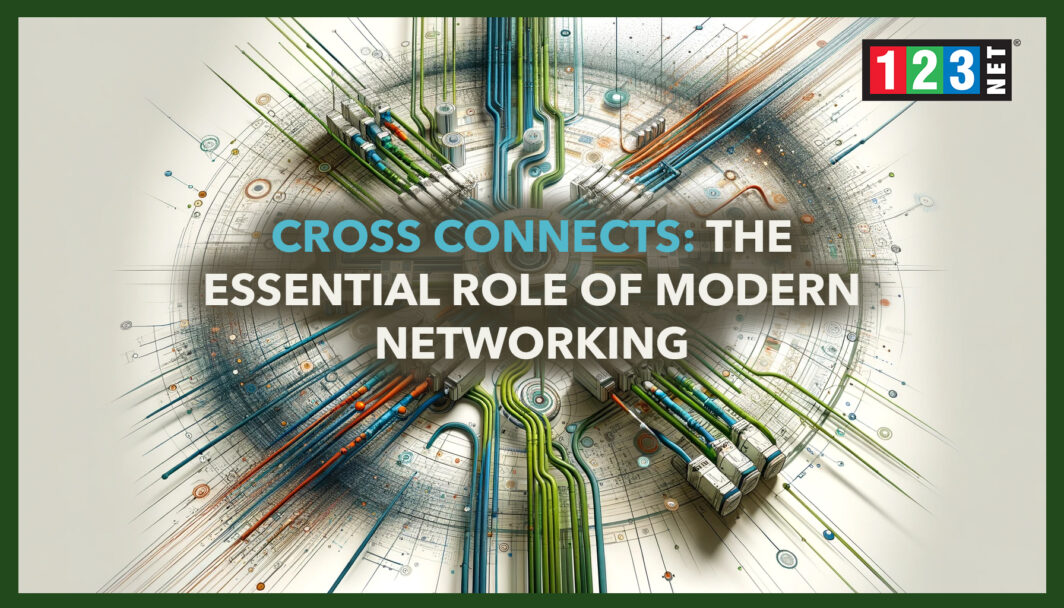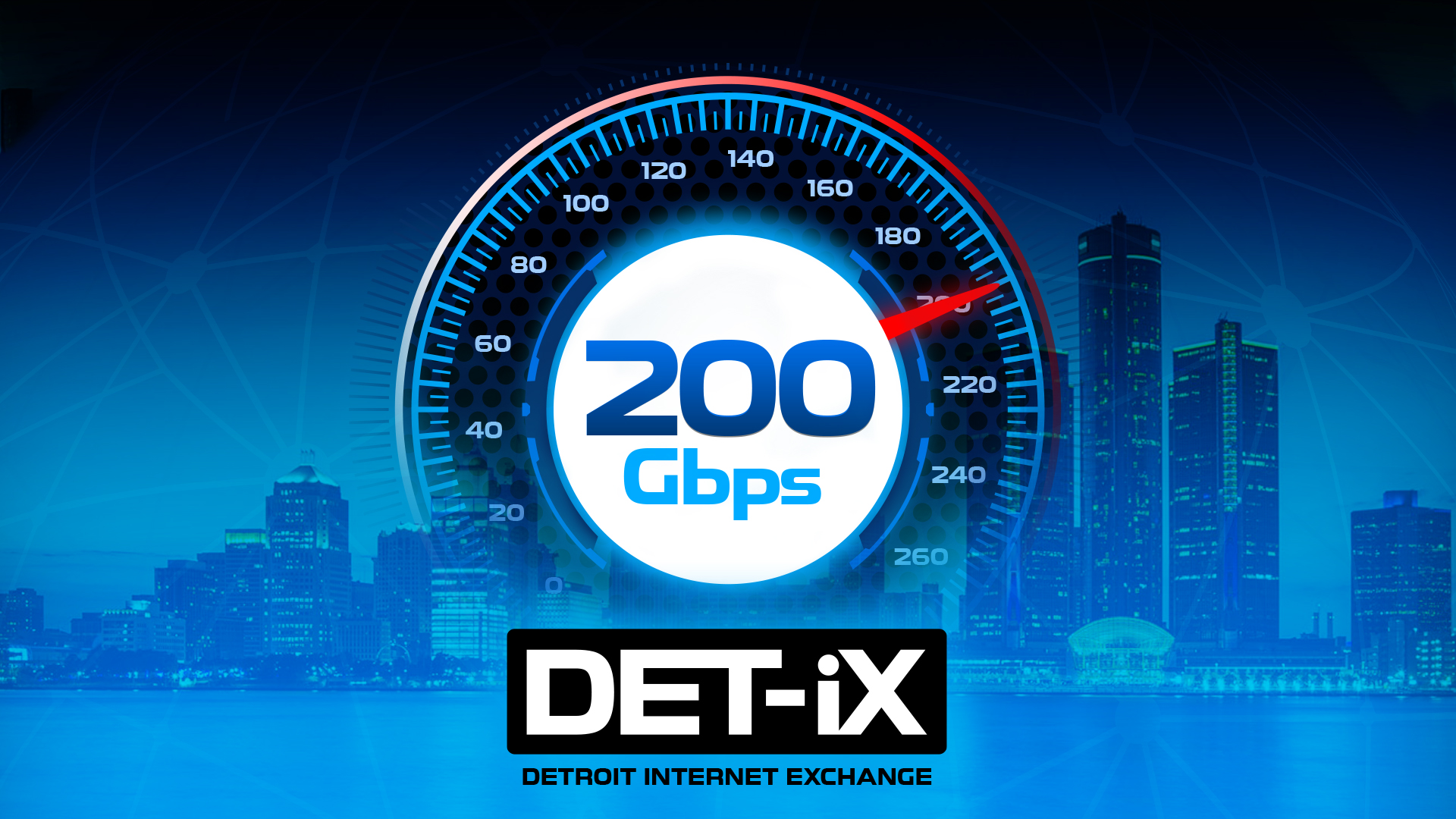
Introduction to Cross Connects
In the ever-evolving landscape of network infrastructure, the role of cross connects stands out as a cornerstone. These indispensable components serve as essential links, bridging different sections of a network to enable efficient and smooth data flow. The understanding of cross connects is crucial in comprehending the complexities inherent in modern networking systems.
Cross connects are more than just physical connections; they are the framework upon which the reliability and efficiency of a network depend. By facilitating the interconnection of different network segments, they allow for a versatile and adaptable network structure. This adaptability is particularly important in today’s fast-paced technological world. The article aims to provide a comprehensive overview of cross connects, offering insights into how they have become an integral part of network design and function. It also seeks to demystify the technical jargon often associated with network infrastructure, making the concept of cross connects accessible to professionals.
The Basics of Cross Connects
Cross connects, the fundamental elements of network infrastructure, act as critical junctions, seamlessly linking various network components. These connections come in two primary forms: physical and virtual. Physical cross connects are direct, tangible links involving cables and hardware, essential for the material infrastructure of a network. On the other hand, virtual cross connects are software-defined, establishing pathways that interconnect different data streams within a network’s digital landscape. The primary role of cross connects is to ensure uninterrupted data transmission across diverse network segments, thereby maintaining the network’s overall integrity and efficiency.
The importance of understanding both types of cross connects cannot be overstated. Physical cross connects are crucial for the structural setup of a network, providing the literal pathways for data transmission. They are particularly important in settings where robust and reliable physical connections are paramount, such as in data centers or telecommunications networks. Conversely, virtual cross connects represent the flexibility and scalability of modern networks. They allow for dynamic routing and re-routing of data, adaptable to changing network demands and conditions. This flexibility is essential in the era of cloud computing and virtualized network services, where physical limitations are transcended, and data flow needs to be managed more fluidly.
History Development
The history of cross connects is a fascinating journey that mirrors the evolution of networking technology. From their inception, cross connects were manual systems requiring physical switching by operators. This labor-intensive process was the backbone of early telecommunications systems, where operators physically connected calls using plug boards. As technology advanced, these manual systems gradually transformed into automated, sophisticated networks. This evolution marked a significant leap in telecommunications and data center management, signaling a move towards more efficient, reliable, and scalable network infrastructures.
The automation of cross connects brought about revolutionary changes. Automated cross connects eliminated the need for manual intervention, leading to faster, more accurate, and more reliable connections. This advancement was a critical factor in the development of the modern Internet and the proliferation of data centers. It enabled the rapid scaling of network infrastructures, meeting the growing demands for data transmission and storage. The evolution of cross connects is also closely linked with the advent of digital technology. The transition from analog to digital systems marked a significant shift, allowing for more data to be transmitted over the same connections, with greater speed and less interference.
Today, cross connects are an integral part of complex network infrastructures, supporting a wide range of applications from telephony to high-speed Internet and cloud computing. They have evolved from simple physical connections to intricate systems that manage vast amounts of data, reflecting the dramatic changes in technology and the ever-increasing demands of network users. Understanding this historical context is not just about appreciating the technological advances; it’s about recognizing the critical role cross connects play in the connectivity and functionality of modern networks.

Technical Aspects
Cross connects, from a technical standpoint, encompass a range of components including cables, patch panels, and switches, each playing a crucial role in signal transmission and network path management. The physical setup is a complex array of interconnected elements, where understanding the operational mechanics is key to grasping their significance in network infrastructure. This section delves into the nuances of these components and their synergistic function in a network system.
Cables, the fundamental physical connectors, come in various types like fiber optic, coaxial, and Ethernet. Each type has specific properties and use cases, influencing how data is transmitted over the network. Fiber optic cables, for example, are pivotal in high-speed data transmission over long distances, essential in modern networks. Patch panels, another critical component, serve as the organizing hubs where these cables converge. They allow for easy management and rerouting of connections, crucial in maintaining network flexibility and scalability.
Switches, whether physical or virtual, are the gatekeepers of data flow. They intelligently direct data packets from one point to another within the network. Understanding the configuration and functionality of switches is essential for network administrators, as it directly impacts the efficiency and reliability of data transmission.
Cross connects also play a vital role in network redundancy and failover strategies. They ensure that alternate pathways are available for data transmission, crucial in maintaining network uptime and reliability. This aspect of cross connects is particularly important in scenarios where network stability and uninterrupted data access are critical, such as in financial institutions or healthcare systems.
Cross Connects in Data Centers
In the realm of data centers, cross connects take on a role of paramount importance. They are the backbone that manages and directs the flow of data, ensuring efficient and secure data transfer both within the data center and in its communication with external networks. This section explores the impact of cross connects in data center operations, underlined by case studies from large-scale data centers.
Cross connects in data centers facilitate a multitude of functions, from interconnecting servers and storage systems to integrating with external cloud services and networks. This interconnectivity is vital for the day-to-day operations of a data center. It also impacts everything from data processing speed to storage access and network security. The design and implementation of cross connects in data centers are therefore critical considerations in data center architecture.
Large data centers, which are pivotal for cloud computing, e-commerce, and global communications, depend significantly on the effectiveness of their network junctions. Real-world examples from such facilities offer insights into the optimization of these connections for enhanced performance and reliability. In environments where handling substantial internet traffic is the norm, these junctions are strategically arranged. This configuration is crucial for reducing latency and maximizing bandwidth, thereby facilitating swift and dependable data access. This approach underscores the critical role of these network components in ensuring efficient operation and communication in data centers worldwide.
Security in Data Centers
Security is another aspect where cross connects play a crucial role in data centers. They are designed to support secure connections, essential in safeguarding sensitive data. This includes implementing robust physical and virtual security measures, ensuring that data transfer within the data center is protected from unauthorized access or breaches.
Additionally, in data centers, they are instrumental in achieving scalability and flexibility. They allow data centers to adapt to changing demands, whether it involves scaling up resources to handle increased traffic or integrating new technologies and services. This adaptability is a key factor in the longevity and competitiveness of a data center in the rapidly evolving digital landscape.

Benefits, Challenges & Considerations
They provide a multitude of benefits to network infrastructure, enhancing overall performance and efficiency. Cross connects are instrumental in speeding up network connectivity, ensuring high levels of security and reliability, and offering flexibility. This versatility is particularly beneficial as it makes cross connects suitable for networks of varying sizes and complexities. This reinforces their essential role in today’s network architecture. The scalability feature is another significant advantage, allowing network systems to expand and adapt to changing demands without compromising on performance.
However, the implementation of cross connects comes with its own set of challenges and considerations. One of the primary concerns is compatibility with various network standards. Ensuring that cross connects align with different network protocols and architectures is crucial for seamless integration and optimal performance. This requires careful planning and a thorough understanding of the existing network infrastructure.
Additionally, the costs associated with the installation and maintenance of cross connects can be substantial. This includes the initial setup cost, ongoing maintenance expenses, and potential upgrades needed to keep up with technological advancements. These financial considerations are important in decision-making, especially for organizations with limited budgets or those weighing the cost-benefit ratio of upgrading their network infrastructure.
Therefore, a well-thought-out strategy is essential when integrating cross connects into network systems. This involves evaluating the current and future network needs, considering the compatibility of cross connects with existing infrastructure, and assessing the financial implications of their implementation. Such a comprehensive approach ensures that the benefits of cross connects are maximized while minimizing potential challenges.
Future Trends
The future of cross connects in network infrastructure looks promising, with anticipated advancements and innovations arriving. The ongoing development is expected to influence the evolution of network systems, adapting them to emerging technologies and increasing demands.
One of the key trends likely to shape the future is the integration with emerging technologies such as 5G, Internet of Things (IoT), and edge computing. These technologies demand more dynamic and robust network infrastructures, and cross connects will play a crucial role in enabling this. By facilitating faster and more reliable connectivity, they will be central to supporting the high-speed, low-latency requirements of these technologies.
Another trend is the increased focus on virtualization and software-defined networking (SDN). As networks become more virtualized, the role of virtual cross connects will become more prominent. They will offer greater flexibility and control over network resources, enabling more efficient and scalable network management.
Moreover, the advancement in artificial intelligence and machine learning technologies is likely to impact the evolution of cross connects. AI-driven analytics and automation could be applied to optimize the performance and management of these leading to smarter and more efficient network systems.
Sustainability is also becoming a key consideration, and future developments in cross connects might include more energy-efficient designs. This would be crucial in reducing the environmental impact of large-scale network infrastructures, especially in data centers.
In conclusion, the future of cross connects in network infrastructure is intertwined with technological advancements and evolving network demands. The continuous innovation in this area is poised to offer enhanced capabilities, making network systems more efficient, flexible, and ready to meet the challenges of the digital future.
Conclusion
In conclusion, the significance of cross-connects in the contemporary landscape of network systems is undeniable. They are foundational elements that will play a critical role in the evolution of future technological developments. This underscores the fact that cross-connects are not easily replaceable but are rather integral to network infrastructure.
As network technologies continue to advance at a rapid pace, the role of cross connects becomes increasingly prominent. They are pivotal in facilitating effective communication and data transfer across complex network systems. Their adaptability is particularly noteworthy; as new needs and challenges arise within the networking sphere, cross connects offer the flexibility and scalability required to meet these demands. This adaptability is crucial for integrating emerging technologies, ensuring that network infrastructures remain robust and capable of handling evolving requirements.
Moreover, cross connects contribute significantly to the resilience and efficiency of network systems. They provide reliable pathways for data transmission, minimizing downtime and optimizing performance. This reliability is essential in a world where network connectivity is a critical component of business operations and personal communications.
In the rapidly changing world of networking, cross connects stand out as essential components that ensure continuity, adaptability, and efficiency. Their importance extends beyond current applications, laying a foundation for future advancements in network technology. The ongoing development and refinement of cross connects will undoubtedly continue to shape the landscape of network systems. It will also ensure they remain relevant, functional, and indispensable in meeting the demands of an increasingly connected world.
FAQ SECTION
- What are Cross Connects? They are vital components in network infrastructure. They act as bridges that link different sections of a network to enable efficient and smooth data flow.
- Why are Cross Connects Important in Modern Networking? They are crucial for the reliability and efficiency of a network, facilitating the interconnection of different network segments. This adaptability is essential in today’s fast-paced technological world.
- How Have Cross Connects Evolved Over Time? Initially, they were manual systems requiring physical switching. With technological advancements, they have evolved into automated, sophisticated networks crucial for the modern Internet and data centers. They support telephony, high-speed Internet, and cloud computing.




